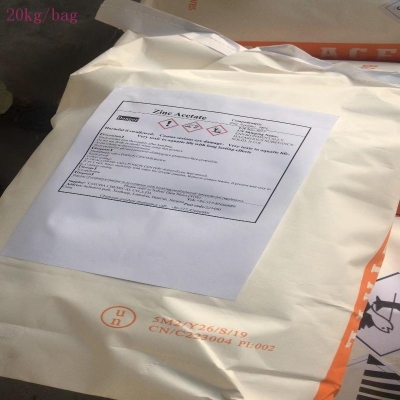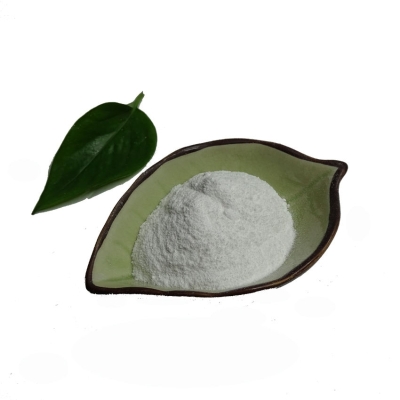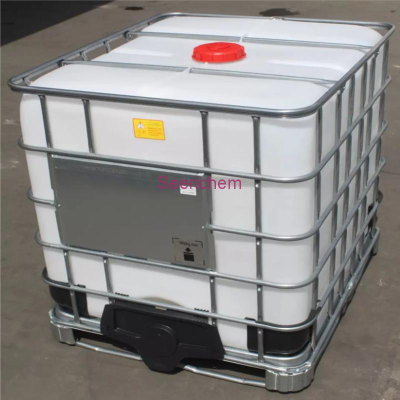-
Categories
-
Pharmaceutical Intermediates
-
Active Pharmaceutical Ingredients
-
Food Additives
- Industrial Coatings
- Agrochemicals
- Dyes and Pigments
- Surfactant
- Flavors and Fragrances
- Chemical Reagents
- Catalyst and Auxiliary
- Natural Products
- Inorganic Chemistry
-
Organic Chemistry
-
Biochemical Engineering
- Analytical Chemistry
-
Cosmetic Ingredient
- Water Treatment Chemical
-
Pharmaceutical Intermediates
Promotion
ECHEMI Mall
Wholesale
Weekly Price
Exhibition
News
-
Trade Service
In 2016, my country's agricultural green development started steadily, and the concept of green development became more and more popular, and the background of agricultural development became greener.
The total amount of water used in agriculture is controlled at 372 billion cubic meters, and important steps have been taken in water conservation.
In 2016, the effective utilization coefficient of farmland irrigation water exceeded 0.
53, and the total amount of agricultural water was effectively controlled, and preliminary results were achieved in breaking the bottleneck of water shortage in my country's agricultural development.
Among them, water-saving projects, technical water-savings, and dry-farming agriculture have been steadily promoted.
More than 20 million mu of high-efficiency water-saving irrigation areas have been added.
The cumulative application area of water-saving agricultural technologies nationwide has exceeded 400 million mu, and the utilization rate of natural precipitation has reached 60% .
The use of pesticides remained at around 300,000 tons (100%), and continued to maintain zero growth.
Among them, the area of the three major food crops under specialized unified prevention and control reached 1.
4 billion mu times, and the coverage rate of specialized unified prevention and control of diseases and insect pests reached 35.
5%, an increase of 2.
8% over the previous year; crops such as food, vegetables, fruit trees, and tea were green.
The application area of prevention and control technology exceeded 500 million mu, and the green prevention and control coverage rate of major crop diseases and insect pests reached 25.
2%, an increase of 2.
1% over the previous year.
The use of chemical fertilizers is about 60 million tons (reduced pure), which is close to zero growth.
This is the first time since the reform and opening up that growth has approached zero, and some places have even achieved negative growth.
Among them, the national soil testing formula fertilization technology popularized and applied nearly 1.
6 billion acres, the mechanical fertilization area exceeded 800 million acres, the straw returning area was more than 800 million acres, the organic fertilizer application area was 380 million acres, and the green manure planting area was about 48 million acres.
The utilization rate of the three types of agricultural waste has reached more than 60%, and the trend of aggravating non-point source pollution has gradually eased.
The comprehensive utilization rate of livestock and poultry manure has reached over 60%.
The fertilization, feed, raw material, base material and fuelization of straw resources were fully promoted, and the comprehensive utilization rate reached 82%.
The operation mechanism of standardized classified collection, large-scale transportation, specialized treatment, and commercial application of agricultural residual film has been initially established, and the recovery rate of agricultural film has reached 60%.
The pilot planted land rotation and fallow system was 6.
16 million mu, and substantial progress was made in agricultural recuperation.
In 2016, 5 million mu of crop rotation pilots were implemented in the cold northeast and northern agricultural and pastoral areas, and 1.
16 million mu of fallow pilots were implemented in groundwater funnel areas, heavy metal polluted areas, and severely ecologically degraded areas.
The black land in the northeast was degraded, and heavy metal pollution in the south.
The aggravation of prominent problems such as over-exploitation of groundwater in North China has been effectively curbed, and the strategy of "having grains in the ground" has been effectively implemented.
The total amount of water used in agriculture is controlled at 372 billion cubic meters, and important steps have been taken in water conservation.
In 2016, the effective utilization coefficient of farmland irrigation water exceeded 0.
53, and the total amount of agricultural water was effectively controlled, and preliminary results were achieved in breaking the bottleneck of water shortage in my country's agricultural development.
Among them, water-saving projects, technical water-savings, and dry-farming agriculture have been steadily promoted.
More than 20 million mu of high-efficiency water-saving irrigation areas have been added.
The cumulative application area of water-saving agricultural technologies nationwide has exceeded 400 million mu, and the utilization rate of natural precipitation has reached 60% .
The use of pesticides remained at around 300,000 tons (100%), and continued to maintain zero growth.
Among them, the area of the three major food crops under specialized unified prevention and control reached 1.
4 billion mu times, and the coverage rate of specialized unified prevention and control of diseases and insect pests reached 35.
5%, an increase of 2.
8% over the previous year; crops such as food, vegetables, fruit trees, and tea were green.
The application area of prevention and control technology exceeded 500 million mu, and the green prevention and control coverage rate of major crop diseases and insect pests reached 25.
2%, an increase of 2.
1% over the previous year.
The use of chemical fertilizers is about 60 million tons (reduced pure), which is close to zero growth.
This is the first time since the reform and opening up that growth has approached zero, and some places have even achieved negative growth.
Among them, the national soil testing formula fertilization technology popularized and applied nearly 1.
6 billion acres, the mechanical fertilization area exceeded 800 million acres, the straw returning area was more than 800 million acres, the organic fertilizer application area was 380 million acres, and the green manure planting area was about 48 million acres.
The utilization rate of the three types of agricultural waste has reached more than 60%, and the trend of aggravating non-point source pollution has gradually eased.
The comprehensive utilization rate of livestock and poultry manure has reached over 60%.
The fertilization, feed, raw material, base material and fuelization of straw resources were fully promoted, and the comprehensive utilization rate reached 82%.
The operation mechanism of standardized classified collection, large-scale transportation, specialized treatment, and commercial application of agricultural residual film has been initially established, and the recovery rate of agricultural film has reached 60%.
The pilot planted land rotation and fallow system was 6.
16 million mu, and substantial progress was made in agricultural recuperation.
In 2016, 5 million mu of crop rotation pilots were implemented in the cold northeast and northern agricultural and pastoral areas, and 1.
16 million mu of fallow pilots were implemented in groundwater funnel areas, heavy metal polluted areas, and severely ecologically degraded areas.
The black land in the northeast was degraded, and heavy metal pollution in the south.
The aggravation of prominent problems such as over-exploitation of groundwater in North China has been effectively curbed, and the strategy of "having grains in the ground" has been effectively implemented.







